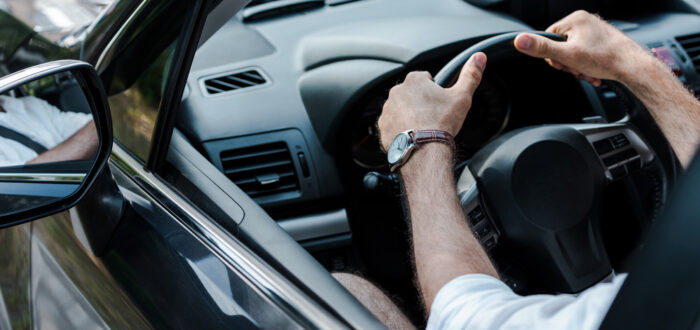Being able to jump into our car and hit the open road is a privilege that many of us take for granted. Driving opens us up to the world. It’s estimated that an astounding 83% of adults in the U.S. drive on a daily basis.
It’s estimated that 15% of American adults, 37.5 million, over the age of 18 report some degree of hearing loss. Hearing loss comes with its own unique set of challenges. If you have a hearing impairment, you’re likely well aware of many of them.
So what happens if you are one of the millions of American drivers who also has difficulty hearing?
Hearing loss doesn’t mean that you need to stop driving. Instead, with a few extra precautions, you can continue to explore the roads safely. We’ve put together some tips for driving with hearing loss.
Tips for Driving with Hearing Loss
Any driver on the road should be maintaining an awareness of their surroundings. Drivers who do not have a hearing impairment may take for granted the amount of auditory cues involved in safe driving.
These auditory cues can make driving with hearing loss more of a challenge. Drivers with a hearing impairment will concentrate more on visual cues to stay aware of their surroundings.
Other ways that drivers with a hearing loss can stay safe on the road include:
- Stay Alert & Focused – This is good advice whether you have a hearing loss or not. Remaining alert behind the wheel is important for your own safety, as well as the safety of others on the road. Avoid unnecessary distractions when driving. A common distraction is a mobile phone, but drinking or eating while driving can also be a distraction.
- Pay Attention to Other Drivers – While driving, you’re probably watching for others on the road. However, with a hearing loss, it’s important to pay closer attention. If you notice drivers slowing or pulling over, they may have heard emergency vehicle sirens that you have missed.
- Use Your Mirrors – As we mentioned, drivers with hearing loss rely greatly on visual cues. It’s easy to see what’s ahead of you. Trickier, however, is seeing what’s behind you! Use your rearview and side mirrors to maximize your field of vision.
- Avoid Unnecessary Noise – You’ll find it easier to concentrate in a quiet car. When possible, keep your windows rolled up. If listening to the radio or music, do so at a low volume.
- Wear Your Hearing Aids – If you have hearing aids, wear them while driving. Note, however, that wearing them while driving is slightly different from regular wear. Make sure that you reduce external noise – wind rushing through an open window or loud music can interfere with the important sounds you want to hear. If you have passengers, don’t be embarrassed to ask them to stay quiet.
Driving safely with a hearing loss is possible, it just requires some additional precautions. Remember, safety first. If you suspect that you are experiencing hearing loss, please book a hearing assessment appointment.
Need Help? Have a Question? Contact Us Today!
If you’d like to discuss more about driving with hearing loss, please get in touch with the team at Regional Hearing and Balance Center today. Call us at 208-497-3596 or click here to book a complimentary hearing assessment.


Recent Comments